-
 Bitcoin
Bitcoin $119000
-2.21% -
 Ethereum
Ethereum $4315
1.01% -
 XRP
XRP $3.151
-3.11% -
 Tether USDt
Tether USDt $0.0000
0.00% -
 BNB
BNB $808.5
-0.71% -
 Solana
Solana $175.8
-4.21% -
 USDC
USDC $0.9999
0.00% -
 Dogecoin
Dogecoin $0.2250
-3.92% -
 TRON
TRON $0.3469
1.77% -
 Cardano
Cardano $0.7818
-3.81% -
 Chainlink
Chainlink $21.47
-2.10% -
 Hyperliquid
Hyperliquid $43.30
-6.81% -
 Stellar
Stellar $0.4370
-2.84% -
 Sui
Sui $3.682
-4.40% -
 Bitcoin Cash
Bitcoin Cash $590.8
2.67% -
 Hedera
Hedera $0.2484
-5.20% -
 Ethena USDe
Ethena USDe $1.001
0.00% -
 Avalanche
Avalanche $23.10
-4.29% -
 Litecoin
Litecoin $119.2
-3.96% -
 Toncoin
Toncoin $3.409
0.90% -
 UNUS SED LEO
UNUS SED LEO $9.016
-1.29% -
 Shiba Inu
Shiba Inu $0.00001304
-3.82% -
 Uniswap
Uniswap $11.18
1.33% -
 Polkadot
Polkadot $3.913
-3.51% -
 Cronos
Cronos $0.1672
-3.08% -
 Dai
Dai $1.000
0.02% -
 Ethena
Ethena $0.7899
-4.70% -
 Bitget Token
Bitget Token $4.400
-1.23% -
 Pepe
Pepe $0.00001132
-5.93% -
 Monero
Monero $257.9
-6.44%
How to build a perpetual contract exchange?
Building a successful perpetual contract exchange entails defining vision, conducting market research, selecting technology, establishing legal frameworks, implementing security measures, assembling a professional team, launching the exchange, and continuously improving operations.
Dec 14, 2024 at 02:35 pm
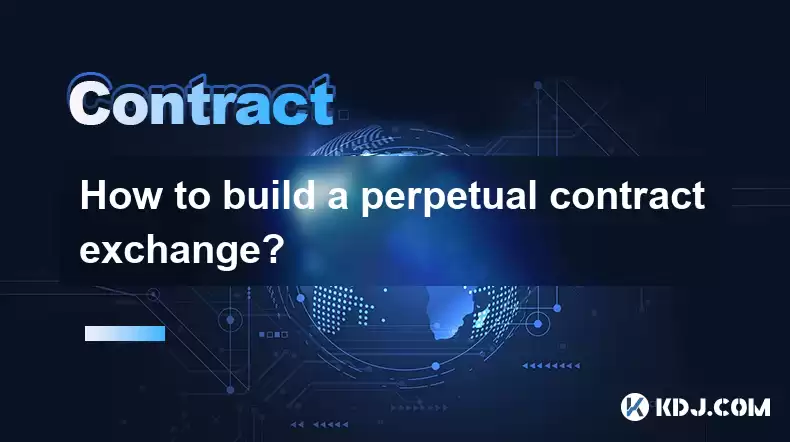
How to Build a Perpetual Contract Exchange: A Comprehensive Guide
Perpetual contracts, also known as perpetual futures, are a type of derivative instrument that allows traders to speculate on the future price of an underlying asset without the need for physical delivery. They are perpetual in the sense that they do not have a fixed expiry date and can be traded continuously until they are closed out.
Perpetual contracts are an essential part of the modern financial markets, providing opportunities for traders to hedge risk, speculate on future price movements, and gain exposure to the price of various assets without the need for ownership. Exchanges that offer perpetual contract trading have become vital platforms in the cryptocurrency market, and building a successful perpetual contract exchange requires careful planning, market analysis, and technological expertise.
This comprehensive guide will provide a step-by-step approach to building a perpetual contract exchange.
1. Define the Vision and Objectives
The first step in building a perpetual contract exchange is to define its vision and objectives. This involves identifying the market need, target audience, and the exchange's unique value proposition.
Key Questions to Consider:
- What is the specific market need that the exchange will address?
- Who is the target audience for the exchange?
- What are the problems or limitations that the exchange will address?
- What are the services or features that will differentiate the exchange from competitors?
2. Conduct Market Research and Due Diligence
Thorough market research is crucial to understand the competitive landscape, identify potential users, and gain insights into the market dynamics.
Market Analysis:
- Identify the size of the target market.
- Analyze the competitive environment, including existing players and their market share.
- Determine the regulatory framework and compliance requirements.
- Conduct SWOT analysis to evaluate the exchange's strengths, weaknesses, opportunities, and threats.
User Research:
- Identify the needs and preferences of potential users.
- Understand their trading habits, risk appetite, and investment strategies.
- Conduct surveys, focus groups, and interviews to gather qualitative data.
3. Choose a Technology Stack and Infrastructure
The technology stack and infrastructure are the foundation of any exchange. Choosing the right components is essential for performance, scalability, and security.
Key Considerations:
- Matching Engine: Responsible for efficient order matching and trade execution.
- Order Execution: Ensures trades are executed at the best available prices.
- Settlement System: Controls the settlement of trades, including custody of assets and dispute resolution.
- Risk Management: Monitors and assesses market risk to ensure solvency and financial stability.
- User Interface: Provides a user-friendly and intuitive trading experience.
4. Develop a Legal and Regulatory Framework
Compliance with legal and regulatory requirements is paramount for any financial institution. Establishing a robust legal and regulatory framework ensures the exchange operates within the bounds of the law.
Legal and Regulatory Considerations:
- Obtain the necessary licenses and registrations.
- Comply with anti-money laundering (AML) and counter-terrorism financing (CTF) regulations.
- Implement know-your-customer (KYC) and anti-fraud measures.
- Establish clear trading rules, policies, and procedures.
5. Establish a Strong Security Program
Security is a critical aspect of any exchange, given the sensitive nature of financial transactions. Implementing a robust security program is essential to protect user funds and sensitive data.
Security Measures:
- Implement encrypted communications channels.
- Use cold storage for asset storage.
- Conduct regular security audits and vulnerability assessments.
- Implement multi-factor authentication (MFA).
- Enforce strict access controls and user permissions.
6. Build a Team of Professionals
A successful exchange requires a skilled and dedicated team with expertise in various aspects of operations.
Essential Team Members:
- CEO and Management: Provide strategic leadership and oversee overall operations.
- Developers: Design and maintain the technology infrastructure.
- Customer Support: Respond to user inquiries and resolve issues.
- Compliance Officers: Ensure adherence to legal and regulatory guidelines.
- Marketing and Business Development: Promote the exchange and attract users.
7. Launch the Exchange
With the exchange infrastructure in place, the next step is to launch the platform to the public.
Go-to-Market Strategy:
- Establish clear marketing and communication channels.
- Set competitive fees and offering incentives for early adopters.
- Conduct user testing and gather feedback to refine the platform.
- Monitor user activity and market response.
8. Ongoing Operation and Continuous Improvement
Building a perpetual contract exchange is an ongoing process that requires continuous improvement. Regular maintenance, updates, and enhancements are crucial to maintain competitiveness and user satisfaction.
Best Practices for Continuous Improvement:
- Monitor market trends and user feedback.
- Implement new features and upgrades based on market demands.
- Enhance the user experience by improving the interface and trading tools.
- Invest in research and development to stay at the forefront of technological advancements.
- Maintain strong relationships with users, regulators, and industry partners.
Disclaimer:info@kdj.com
The information provided is not trading advice. kdj.com does not assume any responsibility for any investments made based on the information provided in this article. Cryptocurrencies are highly volatile and it is highly recommended that you invest with caution after thorough research!
If you believe that the content used on this website infringes your copyright, please contact us immediately (info@kdj.com) and we will delete it promptly.
- PumpFun (PUMP) Price: Riding the Meme Coin Wave or Facing a Wipeout?
- 2025-08-12 16:50:12
- Arctic Pablo Coin: Meme Coin Growth Redefined?
- 2025-08-12 16:50:12
- Ether ETFs Surge: Inflows and Bull Signs Point to $4K ETH?
- 2025-08-12 16:30:12
- Bitcoin, Crypto Market, and CPI Anticipation: A New York Minute on Volatility
- 2025-08-12 16:30:12
- Bitcoin, CPI, and Market Fears: Navigating the Crypto Landscape
- 2025-08-12 15:10:13
- BTC Traders Eye ETH Targets as CPI Looms: A New York Minute
- 2025-08-12 15:10:13
Related knowledge
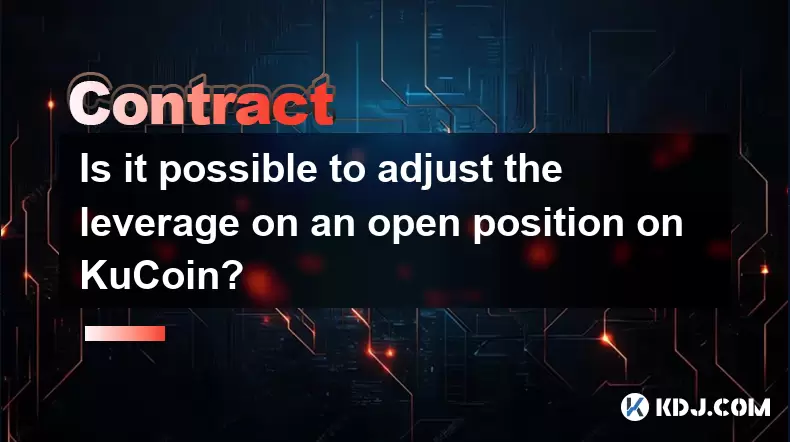
Is it possible to adjust the leverage on an open position on KuCoin?
Aug 09,2025 at 08:21pm
Understanding Leverage in KuCoin Futures TradingLeverage in KuCoin Futures allows traders to amplify their exposure to price movements by borrowing fu...
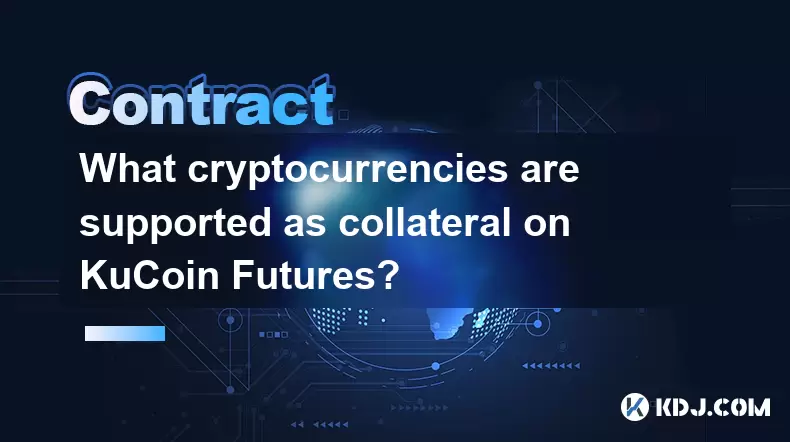
What cryptocurrencies are supported as collateral on KuCoin Futures?
Aug 11,2025 at 04:21am
Overview of KuCoin Futures and Collateral MechanismKuCoin Futures is a derivatives trading platform that allows users to trade perpetual and delivery ...
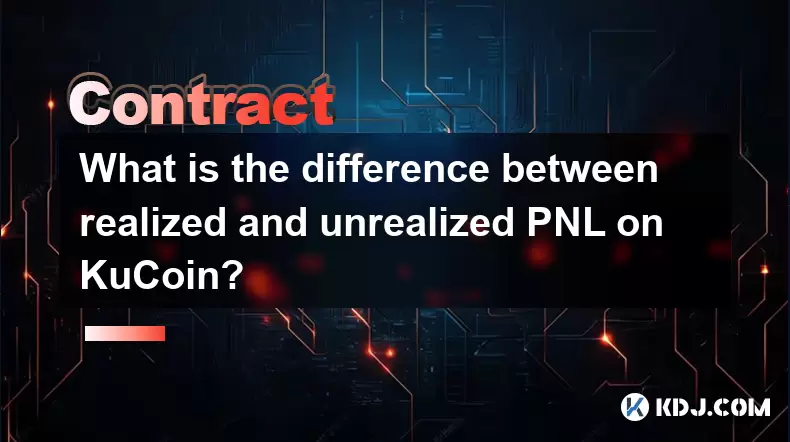
What is the difference between realized and unrealized PNL on KuCoin?
Aug 09,2025 at 01:49am
Understanding Realized and Unrealized PNL on KuCoinWhen trading on KuCoin, especially in futures and perpetual contracts, understanding the distinctio...
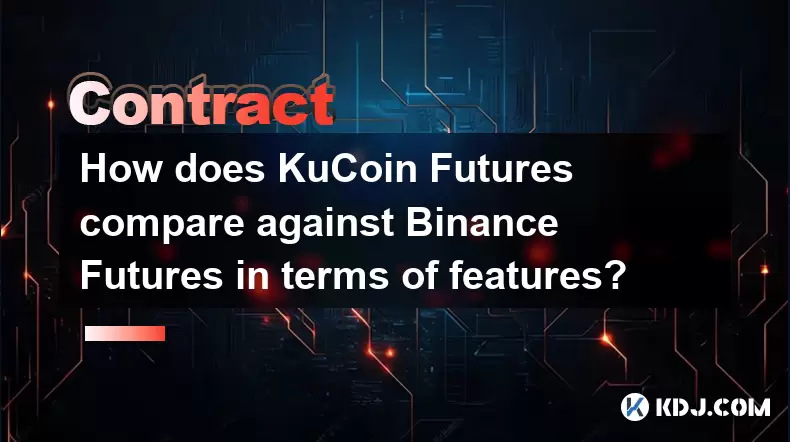
How does KuCoin Futures compare against Binance Futures in terms of features?
Aug 09,2025 at 03:22am
Trading Interface and User ExperienceThe trading interface is a critical component when comparing KuCoin Futures and Binance Futures, as it directly i...
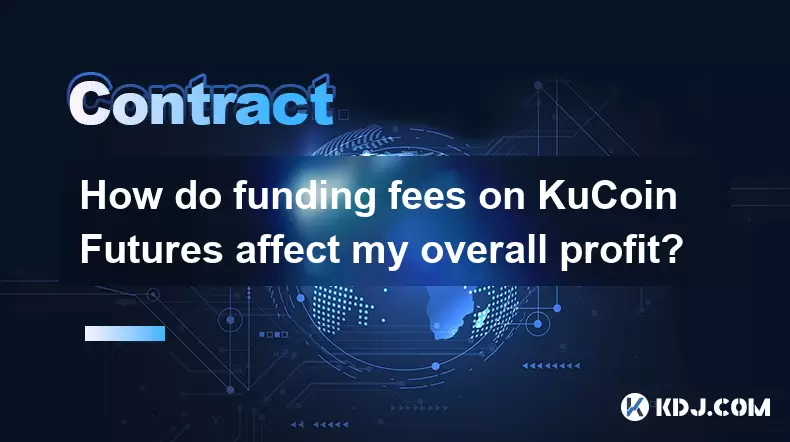
How do funding fees on KuCoin Futures affect my overall profit?
Aug 09,2025 at 08:22am
Understanding Funding Fees on KuCoin FuturesFunding fees on KuCoin Futures are periodic payments exchanged between long and short position holders to ...
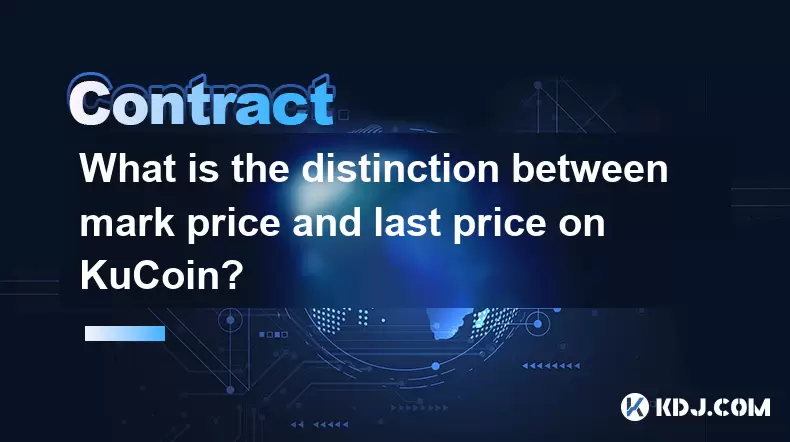
What is the distinction between mark price and last price on KuCoin?
Aug 08,2025 at 01:58pm
Understanding the Basics of Price in Cryptocurrency TradingIn cryptocurrency exchanges like KuCoin, two key price indicators frequently appear on trad...

Is it possible to adjust the leverage on an open position on KuCoin?
Aug 09,2025 at 08:21pm
Understanding Leverage in KuCoin Futures TradingLeverage in KuCoin Futures allows traders to amplify their exposure to price movements by borrowing fu...

What cryptocurrencies are supported as collateral on KuCoin Futures?
Aug 11,2025 at 04:21am
Overview of KuCoin Futures and Collateral MechanismKuCoin Futures is a derivatives trading platform that allows users to trade perpetual and delivery ...

What is the difference between realized and unrealized PNL on KuCoin?
Aug 09,2025 at 01:49am
Understanding Realized and Unrealized PNL on KuCoinWhen trading on KuCoin, especially in futures and perpetual contracts, understanding the distinctio...

How does KuCoin Futures compare against Binance Futures in terms of features?
Aug 09,2025 at 03:22am
Trading Interface and User ExperienceThe trading interface is a critical component when comparing KuCoin Futures and Binance Futures, as it directly i...

How do funding fees on KuCoin Futures affect my overall profit?
Aug 09,2025 at 08:22am
Understanding Funding Fees on KuCoin FuturesFunding fees on KuCoin Futures are periodic payments exchanged between long and short position holders to ...

What is the distinction between mark price and last price on KuCoin?
Aug 08,2025 at 01:58pm
Understanding the Basics of Price in Cryptocurrency TradingIn cryptocurrency exchanges like KuCoin, two key price indicators frequently appear on trad...
See all articles

























































































